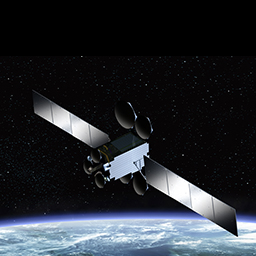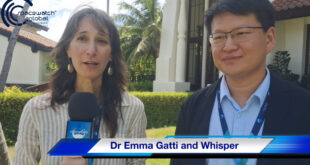
Qatar’s Es’hailSat has announced that it’s Es’hail-2 satellite will now be launched in the third quarter of 2017 rather than in December 2016 as originally planned.
There has been no word as to why the launch date for Es’hail-2 has slipped by at least six months. Es’hail-2 will be launched on a Space-X Falcon 9 v1.2 space launch vehicle from the United States.
The new satellite will be positioned at the 26° East hotspot position for television broadcasting and significantly adds to Es’hailSat’s ability to provide high quality, premium Direct-to-Home (DTH) television content across the Middle East and North Africa. It will feature Ku-band and Ka-band transponders to provide TV distribution and government services to strategic stakeholders and commercial customers who value broadcasting and communications independence, interference resilience, quality of service and wide geographical coverage.
Es’hail-2 will be a high-powered, advanced satellite that will further boost broadband delivery, broadcasting and global connectivity in Qatar, the entire Middle East region and beyond.
Es’hail-2 is being manufactured in Japan by Mitsubishi Electric Corporation (MELCO). Es’hailSat and MELCO signed the contract for the satellite in 2014, and it is believed that the manufacture of Es’hail-2 has been on track until now.
Es’hail-2 will have Ku-band and Ka-band capabilities and support TV distribution, telecoms and government services to strategic stakeholders and commercial customers who value broadcasting independence, interference resilience, quality of service and wide geographical coverage.
The satellite will also provide greater capability for anti-jamming protection and redundancy and back-up for Es’hail-1, which has been operating in geostationary orbit since August 2013.
Es’hail-2 will also provide the first Radio Amateur Satellite Corporation (AMSAT) geostationary communication capability that connects users across the visible globe in one single hop and in real-time.
It will allow also the AMSAT community to validate and demonstrate their DVB standard.
Original published at: http://spacewatchme.com/2016/08/qatars-eshail-2-launch-delayed-3rd-quarter-2017/
 SpaceWatch.Global An independent perspective on space
SpaceWatch.Global An independent perspective on space

